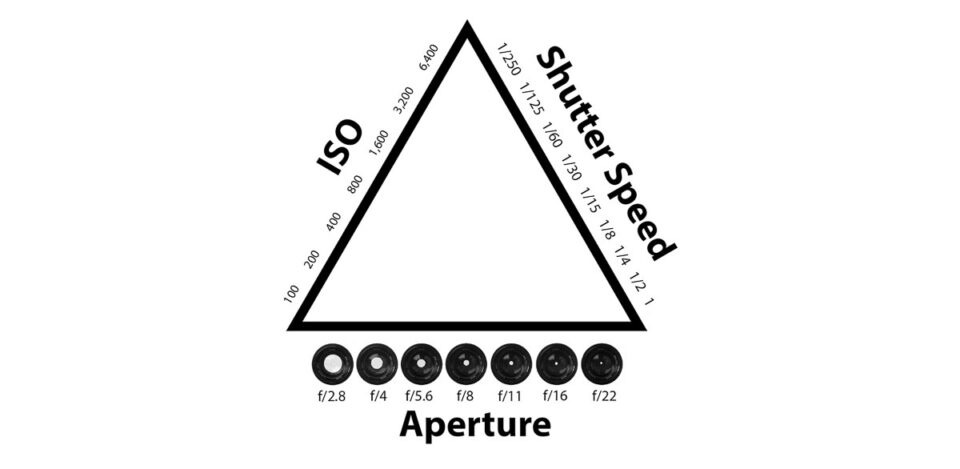While probably an impossible question, my answer is something that applies to any photography.
Learn the relationship between Time and Light and Sensitivity.
Time and Light, that's all? Not like film where it was pretty much limited to what you had loaded. But that's an important choice as well.
Sure, because aperture can completely change the resulting image and then in order to get the exposure right = time/speed. But the world isn't stagnant and frozen in time, so you must stay within the physical limits in order to use what light you can gather in the proper time. Sometimes there isn't enough light, or there's too much.
I tend to shoot at the lowest ISO possible, under any situation. Pretty simple for film and then old digital, because after 200 ISO I can start to see degradation. Not so true now. Lucky us?
Your lens will dictate some of the time and light. Long lens you're getting into less light and more potential motion. That forces slower shutter speeds, but you need faster speeds. Now you need more light, wider opening, which means less depth. How much depth do you want in the composition?
So you see at this point... Ah Ha, it's a trap!

Light, Time and Sensitivity. A nice little triangle of physics that one variable dictates how the others are changed to adjust for that. But there's no single "Perfect Exposure" because you have nearly endless variations and choices, that will produce a perfect exposure. Yet how you change or adjust, will change the depth, the perspective, and what you capture.
So there's my answer: learn the exposure triangle and learn how each variable alters the results, because changing one, will force you to change change the other two, but always at least one. 33.33 + 33.33 + 33.33 is always 100 and 100 is the perfectly balanced exposure. Each variable is also a creative tool.
Of course someone else will say, shoot RAW and fix it later. I'm not going to buy that one. Get it right, in camera, and understand why and how.
I think that's my version of
@wfooshee saying the same things. I was answering before I read all the replies.
Answer also, first link that I found that looked good.
The Exposure Triangle - A Beginner's Guide
Just this and using only the limited listed choices there are 392 correct exposures to choose from. Any will make a nice photo. Many will make a nicer photo. One is the only one that the photographer chooses to express what they see and they want the image to be.
Yes I paid thousands of dollars for an expensive camera, that has a tiny computer in it, and processors and software... then I shoot Manual some of the time.





![[No title]](/data/xfmg/thumbnail/31/31742-596f6bbc60b2ba7fed2cd25f5aacf41c.jpg?1734160458)





![[No title]](/data/xfmg/thumbnail/31/31740-83040d547efdbb1f87736f24d2e9985c.jpg?1734160457)


